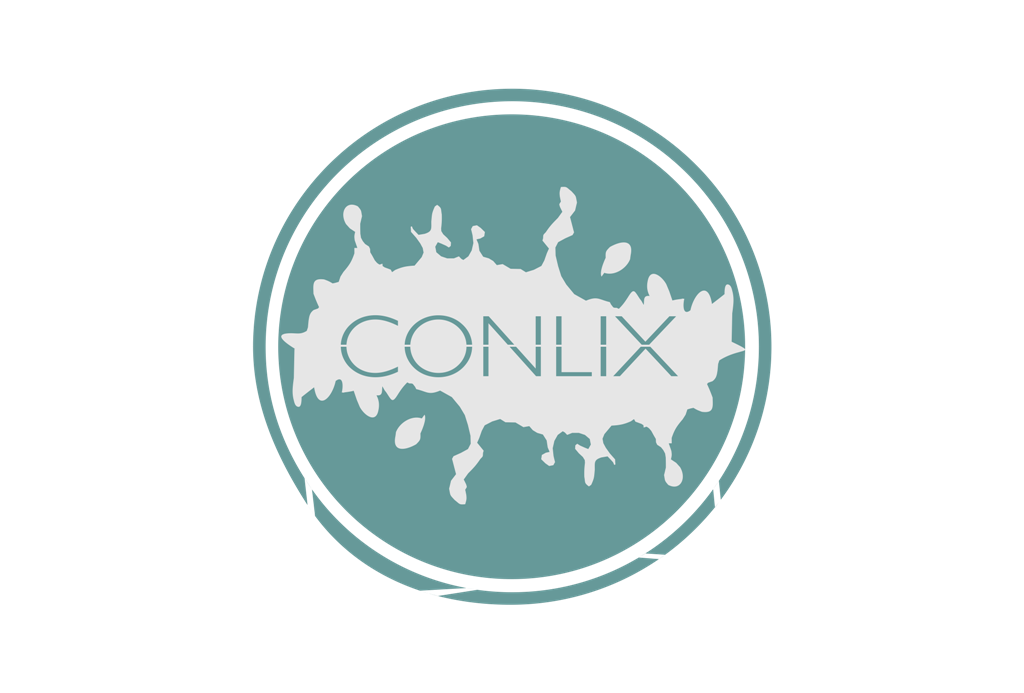Green Concrete: The Future of Sustainable Building Green Concrete: The Future of Sustainable Building is quickly becoming a cornerstone in the construction sector. As the world moves toward more sustainable practices, traditional concrete production—which is responsible for nearly 8% of global CO₂ emissions—is under critical observation. Green concrete offers a promising alternative, reducing environmental impact while maintaining strength and versatility. This innovation not only helps the planet but also opens new doors for architects, engineers, and builders who want to make environmentally responsible choices. Green Concrete: The Future of Sustainable Building in Modern Construction In modern construction, reducing a building’s carbon footprint is as important as its structural integrity. As demand for resilient yet green infrastructure increases, more builders are turning to eco-friendly materials. Green concrete is a sustainable version of traditional concrete that is created using recycled materials such as fly ash, slag, and recycled aggregates instead of just raw cement. These alternative binders significantly lower greenhouse gas emissions and make use of industrial by-products that would otherwise end up as waste. With reduced water usage, minimal environmental impact, and similar performance levels to regular concrete, the use of green concrete is no longer just a trend—it’s becoming a long-term building solution. How Sustainability Enhances Performance Contrary to popular belief, eco-friendly doesn’t mean weak or inefficient. In fact, green concrete often exhibits enhanced durability and better resistance to environmental factors like temperature changes or chemical exposure. It’s a new milestone in advanced construction techniques that prioritize both the environment and strength. Incorporating green concrete into construction projects not only supports sustainability goals but also results in cost savings in the long term due to lower energy consumption and increased lifecycle performance. Green Concrete: The Future of Sustainable Building for Eco-Aware Design Architects and engineers are embracing green concrete for its ability to support eco-aware and innovative design. Today’s clients—and governments—expect environmentally conscious choices in building materials. Choosing green concrete offers an opportunity to earn LEED certifications and other sustainability credentials. Its versatility allows it to be used in everything from highways and bridges to residential homes and skyscrapers. By using modern techniques, construction professionals can reduce emissions while delivering visually striking, long-lasting structures. Applications in Residential and Commercial Projects Residential buildings using green concrete benefit from improved energy efficiency due to its thermal insulation properties. Similarly, commercial buildings experience reduced operational costs and improved environmental compliance. From urban development to rural housing, green concrete fits smoothly into various project scales. Enhanced technology helps achieve desired textures, finishes, and strength without sacrificing eco-friendliness. Green Concrete: The Future of Sustainable Building in Reducing Environmental Impact One of the core purposes behind developing green concrete is reducing the environmental burden of construction. The production of Portland cement, a standard ingredient in traditional concrete, is energy-intensive. Green concrete tackles this issue by incorporating industrial waste, which not only recycles but also replaces high-carbon materials. This reduction in CO₂ emissions contributes directly to fighting climate change. In combination with proper waste management and energy-saving practices on construction sites, buildings can be both strong and responsible toward the planet. Data and Real-World Benefits Recent case studies have shown up to a 30% reduction in carbon emissions with the use of green concrete. Moreover, the technology involved allows faster curing, reduced cracking, and improved compressive strength. Technologies from innovative suppliers in the field have streamlined the application and monitoring of such materials, ensuring quality remains on par with conventional methods, if not better. Green Concrete: The Future of Sustainable Building and What Lies Ahead The future of sustainable building clearly lies in materials that protect both people and the planet. Green concrete is a giant leap toward that vision. As governments around the world impose stricter environmental regulations, the use of green concrete will likely become mandatory rather than optional. Educational institutions and construction companies are already exploring new compositions, tools, and methods to improve the scalability of green concrete. With more refined systems being developed, it won’t be long before green concrete becomes the new norm across global construction projects. Preparing the Industry for Change More than ever, there’s a need for collaboration across the industry—from researchers to contractors—to ensure a smooth and cost-effective transition to eco-friendly materials. Awareness campaigns, training programs, and updated guidelines are crucial for widespread adoption. As awareness grows, industry professionals can see how investing in innovation today ensures a better, more sustainable tomorrow. Green concrete isn’t just another product—it’s the very foundation of the future built responsibly. In conclusion, Green Concrete: The Future of Sustainable Building is not only an environmentally vital choice but also a cost-effective and durable solution for 21st-century construction challenges. With increasing regulatory support and technological approval, it stands tall as the ideal material to balance development with sustainability.
